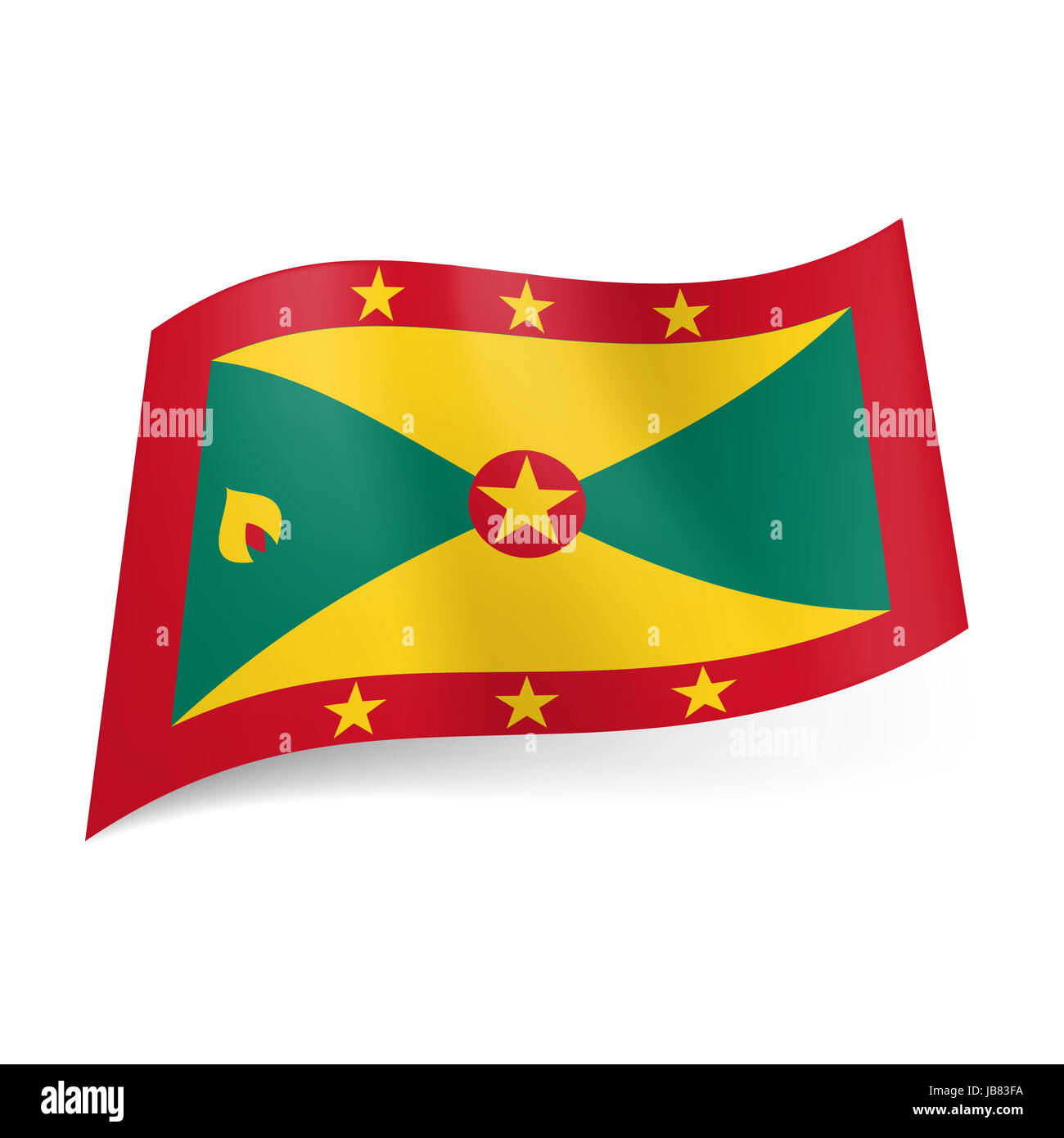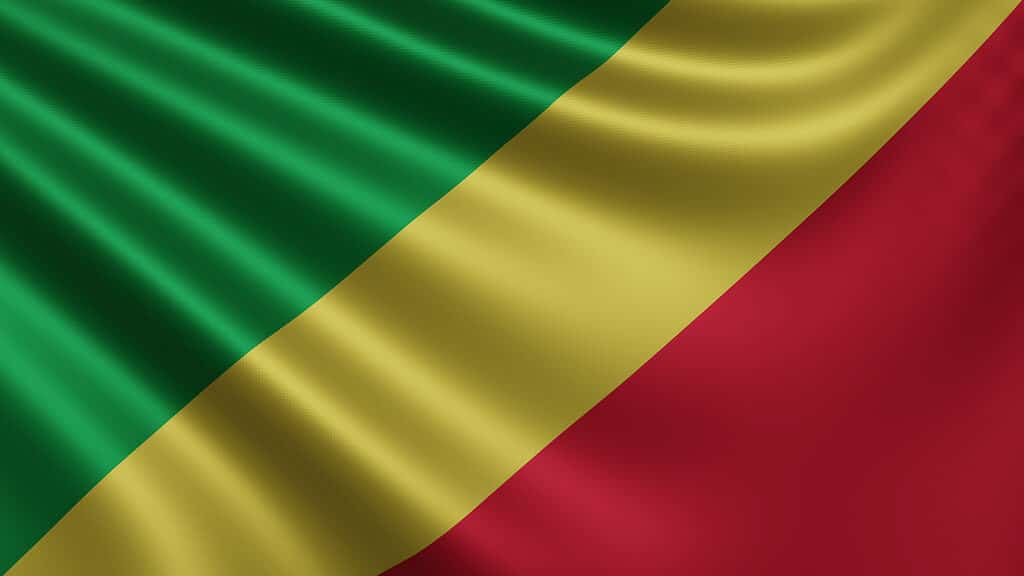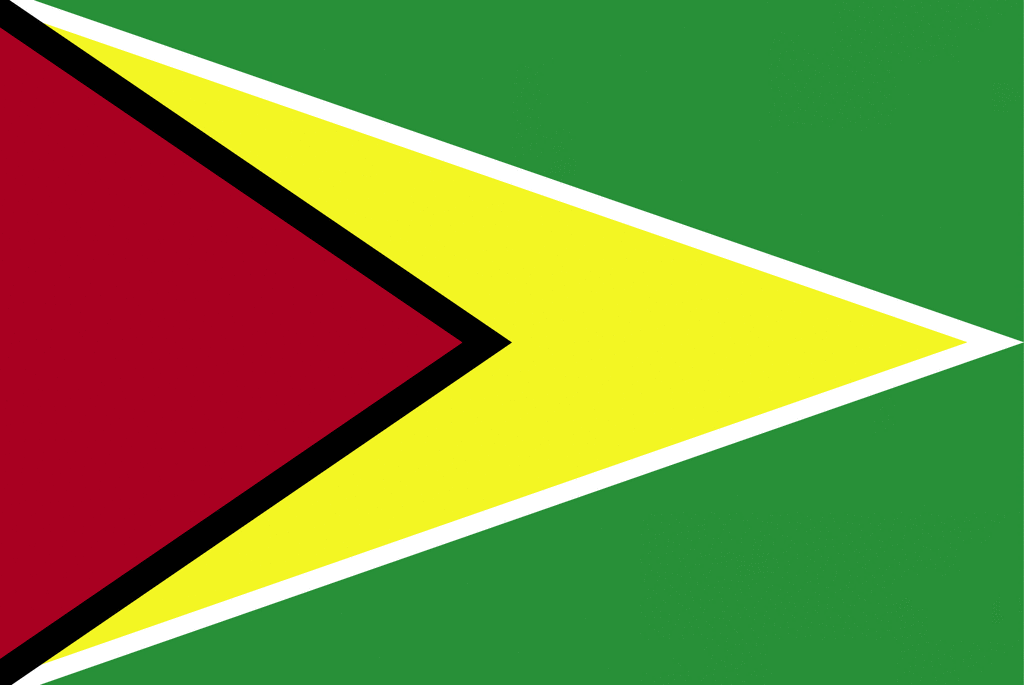Green Flag With Yellow And Red Triangles: Figuring Out What's Really Going On
Have you ever felt like a situation, maybe a new job, a friendship, or even a personal project, starts off looking incredibly promising, like a bright, fresh green light? That feeling of growth, new beginnings, and vibrant possibility can be really exciting, can't it? It’s a lot like the color green itself, which is that fresh and vibrant color we see everywhere in nature, from deep green grass to lush forests, as your guide to the meanings of the color green might tell you. So, when things seem to be going well, you might just feel a big "green flag" waving.
But what happens when that clear green picture starts to get a bit more complicated? Perhaps, you notice little hints of caution, like a yellow triangle appearing on the horizon, or even a clear warning sign, a bold red triangle, popping up right there in your view. It's a common experience, actually, to find these mixed signals, even when the overall vibe feels good. This blend of hopeful green with those cautionary yellow and red triangles is what we're going to talk about today.
We'll look at how to spot these different signals, what they might mean, and how you can make sense of them all. After all, life often throws us situations that aren't just black and white, or simply green; they often come with layers of color and meaning. It's about learning to see the whole picture, really, and making choices that feel right for you, in some respects.
- Doraha Web Series.linkmaz
- Shubhashree Sahu Mms.linkmaz
- Aditi Mistry Latest Live Video Unveiling The Hype And Buzz Around The Sensation.linkmaz
- Sone 385 Hikaru Nagi The Enigmatic Journey Of An Icon.linkmaz
- Ofilmywap Filmywap Your Ultimate Guide To The World Of Movies And Entertainment.linkmaz
Table of Contents
- Understanding the Green Flag: The Color of Possibility
- When Yellow Triangles Appear: Subtle Warnings
- The Red Triangle: Unmistakable Stop Signs
- Putting It All Together: Navigating Mixed Signals
- Practical Steps for Evaluating Your Situation
- Frequently Asked Questions
- Wrapping Things Up: Your Next Steps
Understanding the Green Flag: The Color of Possibility
When we talk about a "green flag," we're often talking about those positive signs that make you feel good about something. It's that sense of things being healthy, growing, and full of promise. Think about the color green itself, which, as a matter of fact, is right there between cyan and yellow on the visible spectrum. It’s a color that makes you think of new life, freshness, and balance. In art, green is a color on the conventional wheel, located between yellow and blue, opposite red, its complement.
This feeling of "green" can show up in many ways. Maybe it's a new friend who always makes you feel heard and respected. Perhaps it’s a job where your ideas are truly valued, and you feel like you're learning new things every day. These are moments where everything just seems to click, and you feel a sense of ease and progress. It’s like seeing a field of deep green grass, really, suggesting a fertile ground for good things to happen.
The meaning of green is often tied to harmony and growth. It's a color that can calm you and give you a sense of stability. When you encounter a situation that feels like a strong green flag, it often brings with it a feeling of safety and a clear path forward. It’s that initial good vibe, the sense that things are heading in a positive direction, just a little.
- Filmy4fly 2025 The Ultimate Guide To Streaming Movies Like A Pro.linkmaz
- Unlocking The Secrets Of Umi Yakak Sone248 A Deep Dive.linkmaz
- Abigaiil Morris.linkmaz
- Names Of Paw Patrol Characters.linkmaz
- Understanding Kash Patels Eyes Condition Insights And Implications.linkmaz
When Yellow Triangles Appear: Subtle Warnings
Now, even in the most promising situations, you might start to notice what we call "yellow triangles." These aren't full-blown stop signs, but they are certainly little signals to pay attention. They’re like those yield signs on the road, telling you to slow down and look around, rather than just speeding ahead. A yellow triangle suggests caution, a need to observe more closely, or maybe even to ask a few more questions.
What might a yellow triangle look like? Well, in a new friendship, it could be a small inconsistency in what someone says, or maybe they’re a bit late often without much explanation. In a job, it might be a team member who seems a little distant, or a project that keeps getting delayed for unclear reasons. These aren't deal-breakers on their own, but they do create a slight ripple in that otherwise smooth green surface. You know, just a little something that doesn't quite fit.
These yellow triangles are important because they give you a chance to react before things get more serious. They’re a nudge to investigate, to clarify, or to set a boundary. Ignoring them can sometimes lead to bigger problems down the line, so it’s usually a good idea to acknowledge them. They are, in a way, like a subtle shift in the shade of green, perhaps moving towards something like a bud green or even a slightly faded hue, indicating a need for a closer look, you know?
The Red Triangle: Unmistakable Stop Signs
Then there are the "red triangles." These are the clear, undeniable warning signs that tell you to stop and rethink. Unlike the subtle yellow, red triangles are usually quite obvious and often signal something truly problematic. They are the opposite of that fresh, vibrant green, its complement on the color wheel, signaling danger or a definite problem. If a green flag is all about growth and possibility, a red triangle is about protecting yourself from harm, pretty much.
What makes a red triangle? In a relationship, it could be a pattern of dishonesty, disrespect, or controlling behavior. In a work setting, it might be a manager who constantly undermines you, or a company culture that is openly hostile. These aren't minor issues; they are significant indicators that something is fundamentally wrong and needs immediate attention. They are the kind of signs that make your gut clench, to be honest.
Ignoring red triangles can have serious consequences for your well-being, your peace of mind, or your future. They are there to protect you, and paying attention to them is a form of self-care. It’s about recognizing when a situation is no longer serving you, or worse, is actively harming you. Just like green pigment in the 19th century was notoriously toxic, some situations, even if they started with a green flag, can turn out to be quite harmful if those red triangles are ignored, actually.
Putting It All Together: Navigating Mixed Signals
Life is rarely simple, and situations often present us with a mix of green flags, yellow triangles, and red triangles all at once. It’s not always a clear cut case of all green or all red. Sometimes, you might have a lot of good things happening, but there’s that one nagging yellow triangle that keeps popping up. Or maybe, you’ve got a strong green flag, but a sudden red triangle appears out of nowhere, completely changing the picture, you know?
This is where things get interesting, and where your ability to observe and reflect becomes really valuable. It's about weighing the different signals. Is the overall trend still green, with just a few minor yellow cautions? Or are those yellow triangles starting to multiply, perhaps even hinting at a deeper, underlying red issue? It's a bit like mixing colors; green is made by mixing blue and yellow, and adding red would change the whole tone, wouldn't it?
For instance, a new opportunity might offer amazing growth (a big green flag), but the team dynamics feel a little off (a yellow triangle). Or, a friendship might be mostly supportive (green), but there's one topic they always avoid (yellow), or they consistently break promises (a red triangle). Learning to see these layers helps you make more informed choices, basically.
Practical Steps for Evaluating Your Situation
So, how do you figure out what to do when you're seeing a green flag with yellow and red triangles? It starts with observation and honest reflection. Here are a few things you can try:
1. Observe and Document
Keep a mental note, or even a physical one, of the specific "flags" and "triangles" you notice. What exactly happened? What was said? How did it make you feel? Being specific helps you see patterns. For example, if someone is often late, note the times and circumstances. If a project always hits snags, try to identify the common factors. This is, you know, just collecting the facts.
2. Look for Patterns, Not Just Isolated Incidents
One yellow triangle might just be an accident. But if the same yellow triangle appears repeatedly, or if different yellow triangles start to form a consistent theme, that’s a pattern. Patterns are much stronger indicators than single events. A single instance of someone being rude might be a bad day for them, but if it happens every time you disagree, that's a pattern, really.
3. Trust Your Gut Feeling
Your intuition is a powerful tool. If something feels off, even if you can't quite put your finger on why, pay attention to that feeling. Often, your subconscious picks up on subtle cues that your conscious mind hasn't fully processed yet. That little voice telling you to be careful? It's often right, in a way.
4. Seek Outside Perspectives (Carefully)
Sometimes, talking to a trusted friend, family member, or mentor can give you a fresh perspective. They might spot something you’ve missed, or help you articulate what you’re feeling. Just be sure to choose someone who will give you honest, balanced advice, not just tell you what you want to hear. You want someone who can see all the colors, so to speak.
5. Take Small, Measured Actions
You don't always have to make a huge decision right away. If you see a yellow triangle, you might try a small action to test the waters. For example, if a friend is inconsistent, you might gently bring it up and see how they respond. If a work issue keeps coming up, you might ask for clarification in a meeting. These small steps can give you more information and help you decide your next move, sort of.
6. Set Boundaries
If you identify a red triangle, or even a series of strong yellow ones, it's probably time to set clear boundaries. This means deciding what you are and are not willing to accept. Sometimes, setting a boundary can resolve the issue. Other times, it might confirm that the situation is not healthy for you, and it’s time to step away. It's about protecting your own space, basically.
Frequently Asked Questions
What's the difference between a green flag, yellow flag, and red flag?
A green flag signals something positive, healthy, and promising, like a sign of growth or good compatibility. A yellow flag is a caution sign, suggesting you slow down, observe, or investigate further, as there might be a minor issue or inconsistency. A red flag is a clear warning sign, indicating a serious problem that likely requires you to stop or reconsider the situation entirely. They are, you know, different levels of warning, from good to bad.
How can I tell if a situation has hidden warning signs?
Hidden warning signs, which are usually yellow triangles, often show up as small inconsistencies, gut feelings that something is off, or repeated minor issues that you might initially dismiss. Pay attention to how people's words match their actions, observe patterns over time, and listen to your intuition. If something feels a bit off, it probably is, actually.
Is it okay to proceed if there are yellow flags?
It can be okay to proceed with yellow flags, but only if you acknowledge them and take steps to address them. This might mean having an open conversation, setting a boundary, or simply observing more closely. If the yellow flags persist or start to multiply, it's a sign that you might need to reconsider. They’re not necessarily a deal-breaker, but they are a prompt to be mindful, more or less.
Wrapping Things Up: Your Next Steps
Understanding the interplay of a green flag with yellow and red triangles is a really useful skill for just about anything in life. It helps you make choices that are better for you, whether it's in your personal connections, your professional life, or even just daily decisions. The color green, as we know, is created by a combination of yellow and cyan in subtractive systems, and it's a primary color in the RGB model used on screens. This shows us how different elements can come together to form something, sometimes with surprising results, you know?
So, the next time you feel that initial rush of a bright green flag, remember to keep an eye out for those other shapes and colors. Those yellow and red triangles aren't there to scare you; they're there to help you stay safe and make wise choices. By paying attention to all the signals, you can navigate life's situations with more confidence and clarity, making sure your path stays as healthy and vibrant as possible. Learn more about green flags and healthy signs on our site, and link to this page understanding complex signals for more detailed guidance. You could also find more information on the symbolism of colors, like green, by checking out resources like Britannica's take on color psychology, which can give you a deeper appreciation for how these visual cues impact our perception.
- Bhad Bhabie Only Fans Leaks.linkmaz
- Kirsten Too Sweet Onlyfans Leak A Comprehensive Analysis.linkmaz
- Ppp Loans Warrant List Your Ultimate Guide To Understanding And Maximizing Benefits.linkmaz
- Wpcnt.linkmaz
- Camilla Araujo Only Fans Porn Videos.linkmaz

National flag of Grenada: red framed field of green and yellow

7 countries with green, yellow, red flags

Flag of Guyana, 2009 | ClipArt ETC